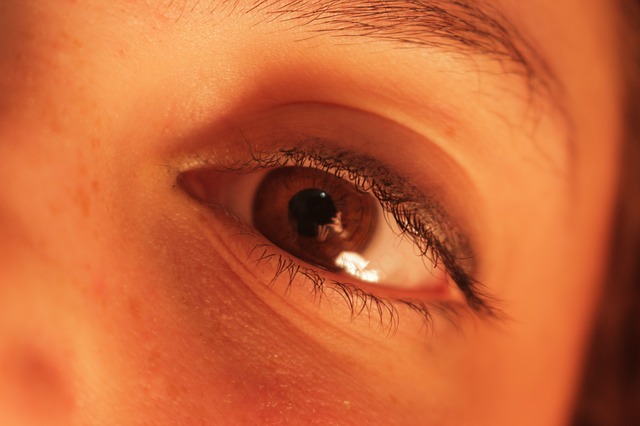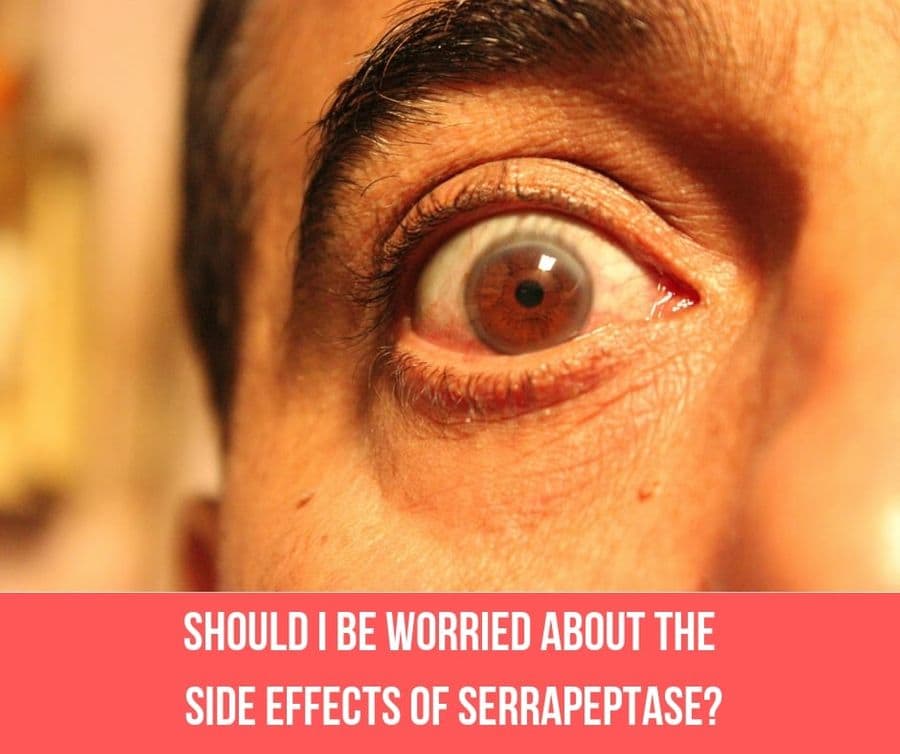Our eyesight is important but are we taking good care of it on a daily basis? Good eye health starts with the right nutrients and being mindful of the following warning signs…
- Cloudy Eyes. A clouding of the eye, also known as a cataract, is more commonly found in older people but it is on the rise within the young too. Cataracts can have a variety of causes and this includes tumors and diabetes, along with certain side effects from medications. This condition can however be improved by following a naturally healthy lifestyle.
2. Myasthenia Gravis. Droopy eyelids can be evidence of Myasthenia Gravis and this is related to an autoimmune condition characterised by muscle weakness. While good medical treatment is available for the disease, in its milder forms it can be difficult to diagnose. The good news is that these symptoms can be improved by following a healthy diet and lifestyle.
3. High Blood Pressure. Signs of high blood pressure can actually be detected within the eye – by looking at the retina. Due to the high amount of pressure, tiny blood vessels can form in the retina and these can kink and twist in different directions. People with signs of this are more at risk of suffering from a stroke. These symptoms can be considerably improved by following the nutrient and lifestyle advice outlined by Robert Redfern.
4. Diabetes. An opthalmologist can usually detect signs of diabetes by looking at the retina. Diabetes in the eye can cause tiny hemorrhages within the retina and yellowish deposits of lipids (blood fats). People who have this condition are known to have diabetic retinopathy. The condition’s symptoms can be improved by taking the recommended nutrients and lifestyle advice.
5. Grey ring around the cornea. People who have a gray ring around the edge of their cornea are believed to be at higher risk of having increased cholesterol levels and triglycerides, meaning there is an increased risk for heart attack and stroke. Having a blood test can check for elevated blood lipids, especially in people under the age of 60. These symptoms can be improved however by following a really healthy lifestyle.
6. Bug Eyes. This is a common sign of Grave’s Disease or having an overactive thyroid. People with this condition may also experience nervousness, a rapid or irregular pulse and weight loss. Seeing an opthalmologist is highly recommended. Consider learning more about how to improve or relieve these eye problems by following a naturally healthy lifestyle.
7. Floaters. These are small dark shapes that can float throughout your field of vision. Although they might seem annoying, these dots, strands, squiggles and other shapes are harmless and are best prevented by following a really healthy diet. A sudden occurrence of floaters could be due to vitreous or retinal detachment. It’s highly recommended to see an eye doctor immediately so as to rule out any serious issues to do with eyesight. Yet following a healthy lifestyle can also show significant results.
8. Fuchs’ Dystrophy. This is an eye disease where the cells lining the inner surface of the cornea start to slowly die off. This usually affects both eyes and the symptoms involved include eye pain, colored halos around lights, foggy or blurred vision and sensitivity to light and glare. Vision can also gradually become worse during the day. While Fuchs’ can be inherited, if one of your parents had this disease then the chances of developing this are 50%. The condition can also occur in people who have a family history of the disease. The thin layer of cells around the back of the cornea are affect the most with this condition, as these cells help to pump out any excess fluid from the cornea. When these cells are lost, the fluid starts building up in the cornea and the result is swelling and clouding of the cornea. This can build up only during sleep, or when the eyes are closed but as the disease becomes worse, small blisters may start forming. When they get bigger they may even break off and this is the cause of eye pain. It can even change the cornea’s shape, causing vision problems.
9. Retinitis Pigmentosa. This is one of the most well known genetic eye diseases and it can lead to loss of vision and blindness. They are caused by genetic defects and is just one of many genetic diseases that affect several body systems that affect the eye. It is an inherited degenerative eye disease that can cause severe vision impairment due to the progressive degeneration of the rod photoreceptor cells in the retina. It is increasingly recognised however that diet plays an important contributing factor in many adult eye diseases. It is for this reason that there are lifestyle choices which can be made that make a difference to the severity of the eye condition overall.
All of these eye conditions and more can be vastly improved by taking the recommended nutrients and following the naturally healthy lifestyle advice in ‘Improving Eye Disease in 30 Days’ by Robert Redfern of Naturally Healthy Publications.
Recommended Examples
MaxiFocus™ – This is a sublingual formula containing 24 nutrients including Lutein and Zeaxanthin, powerful antioxidants and carotenoids that can help to support good eye health.
– This is a sublingual formula containing 24 nutrients including Lutein and Zeaxanthin, powerful antioxidants and carotenoids that can help to support good eye health.
 Taurine Spray – This contains 50mg of L-Taurine that can help to reduce oxidative damage to the eyes and improve the delivery of nutrients to the retinal cells. They also support the removal of waste products from the eyes and protection against diabetes-related damage.
Taurine Spray – This contains 50mg of L-Taurine that can help to reduce oxidative damage to the eyes and improve the delivery of nutrients to the retinal cells. They also support the removal of waste products from the eyes and protection against diabetes-related damage.
‘Improving Eye Disease in 30 Days’ by Robert Redfern of Naturally Healthy Publications is a detailed guide about how to improve eye health by following the recommended nutrients and healthy lifestyle advice.





